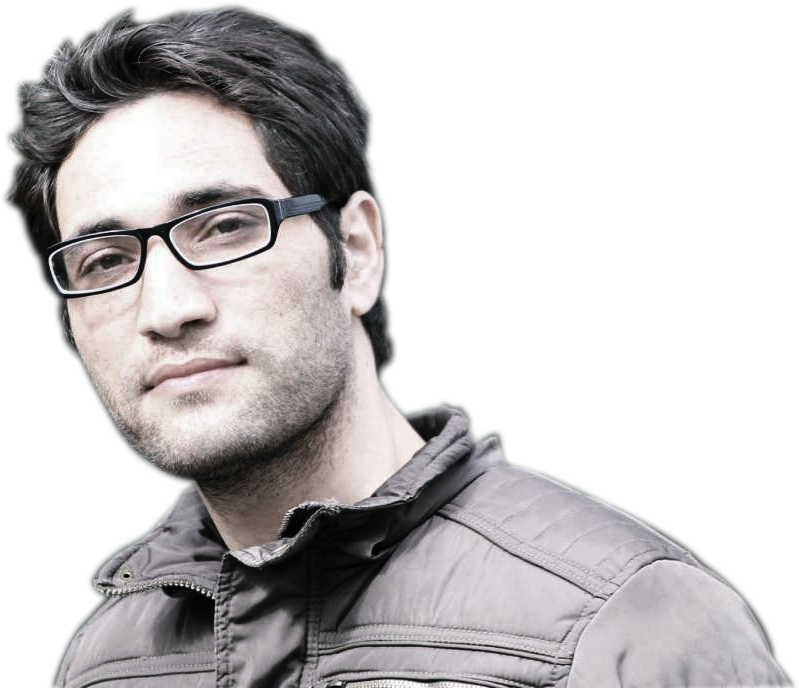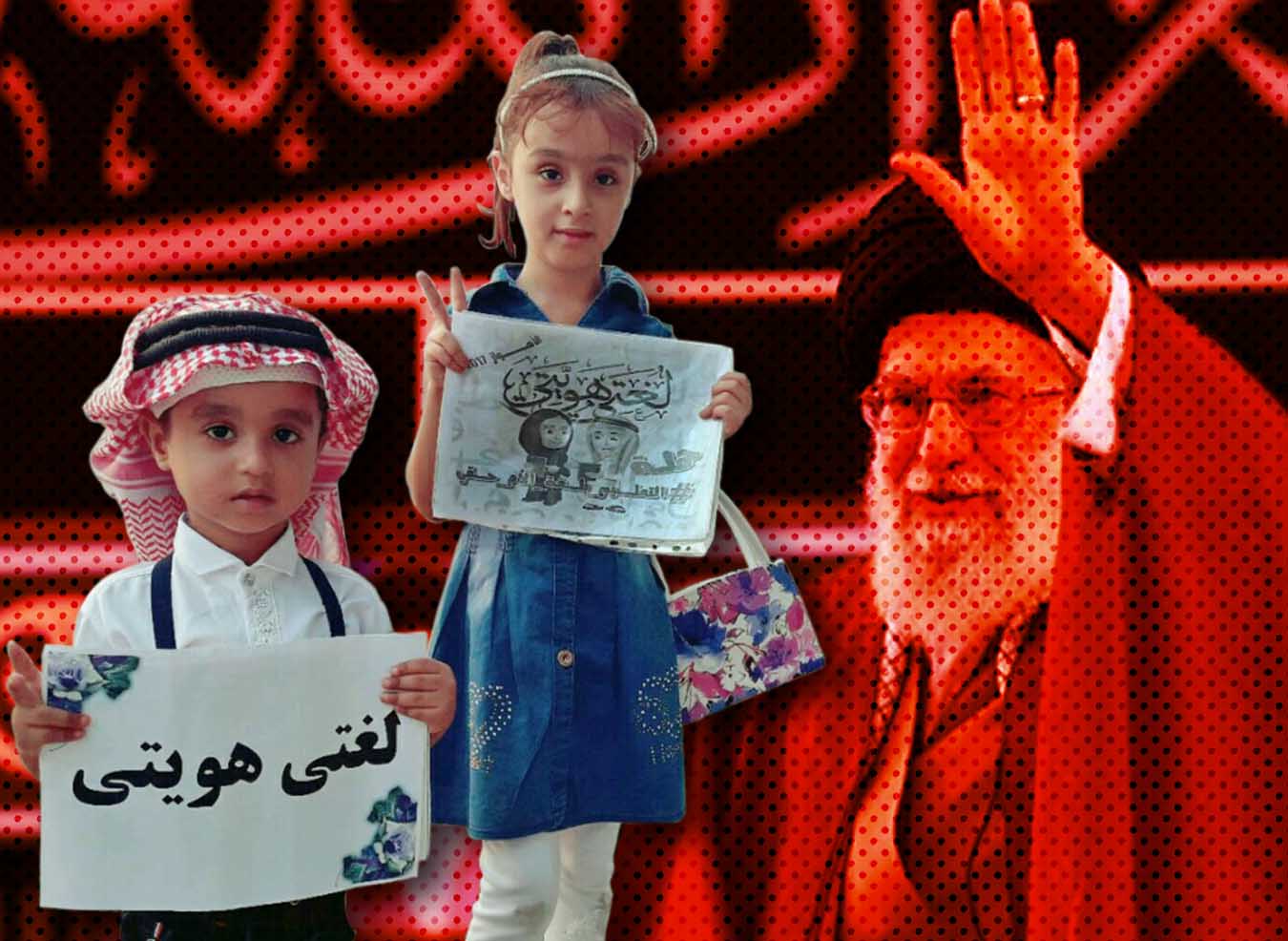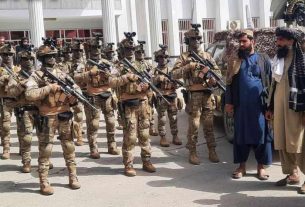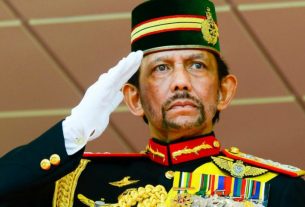Wed 31 July 2019:
For many decades, successive Iranian regimes have perpetrated injustices against non-Persian peoples who make up approximately half of the country’s population. Indeed, the Islamic Republic chose to follow in the footsteps of the Shah in terms of promoting Persian ethnic supremacism. Since its inception, the regime has enacted a number of policies based on repression, discrimination, and humiliation of non-Persian ethnic minorities in Iran while simultaneously promoting false narratives and allegations against them.
These policies are proving particularly harmful to the education of minority children. Despite Iran’s composition as a multi-ethnic country whose citizens speak dozens of languages—including Persian, Kurdish, Arabic, Turkish, Balochi, Turkmen, and the Caspian languages of Gilaki and Mazandarani—the prevalent educational policy in the country deliberately ignores this linguistic pluralism and enforces Persian-Iranian hegemony in the form of language exclusivity.
Most recently, the deputy of the regime’s elementary education department, Rezvan Hakim Zadeh, announced that her department—in cooperation with the Organization for the Education of Children with Special Needs—is going to evaluate children’s level of proficiency and comprehension in the Persian language as a part of a broader health assessment plan for preschool children. This policy adjustment could mean that children who fail to pass the Persian proficiency assessment (known as Pasandegi in Persian) will not be accepted into or allowed to attend state kindergartens. Though not explicitly stated, this policy will target children from non-Persian ethnic groups such as Ahwazi Arabs, Turks, Kurds, and Balochis. Many of these children will have to undergo an intensive period of remedial education in Persian outside of the general state educational system in order to pass these tests at such a young age.
Hakim Zadeh added that while Iran’s early childhood educational assessments are currently confined to physical and mental health, her department hopes that the new Persian proficiency assessments will be introduced across Iran at least two years before children enter first grade at school. The deputy claimed that such early introduction would allow the regime to ensure “better intervention” in cases where students cannot demonstrate proficiency.
In practice, these ‘interventions’ will help accelerate the eradication of non-Persian citizens’ native languages in a process of forcible assimilation. Many children from minority backgrounds in Iran already face difficulties in transitioning from communicating at home and within their communities—whether in Arabic, Kurdish, Turkish, or Balochi—to being educated solely in an alien language at school. In state schools, children are effectively forbidden from speaking or learning in any language except Persian. And while Quranic Arabic is a mandated school subject under the Iranian constitution, these classes teach Quranic verses and other classical Islamic texts exclusively, prohibiting any contemporary use of the language. With minority students often coming from disadvantaged backgrounds where Persian is rarely or never spoken in the home, this forced educational style can become overwhelming. Minority students must also contend with a hostile educational environment, where racism and bigotry by educators educators towards these children’s cultures and languages is normalized and systematic.
For example, every year hundreds of Ahwazi Arab first grade pupils fail the Persian language test, which is already a critical requirement for students to advance to the next grade level. These results are not reflective of any academic failing, but rather due to the fact that they have been raised speaking their mother tongue, Arabic. Naturally, these students have difficulty mastering Persian with such limited exposure and in such a short time. The state already holds these students to unreasonable standards while providing no alternative to continue their education.
By denying minority students the right to education in their mother tongues, the regime is violating both international law and the Iranian constitution. Article 15 of the Iranian constitution states that although Persian is “the official and common language and script of the people of Iran” in which “documents, correspondence, official texts, and schoolbooks” must be presented, “the use of regional and ethnic languages in the press, the mass media, and the teaching of their literature at schools, alongside the Persian language, is freely permitted.” In practice, however, students often fail to receive even what is permitted in the constitution.
And in November 1989, Iran along with all other countries of the United Nations approved the International Convention on the Rights of the Child, which defines what rights children should have from birth. Among other things, the convention enshrines the child’s right to maintaining his or her culture and mother tongue and emphasizes its importance in childhood education. Nevertheless, Iran systematically undermines and violates this international convention.
There are important reasons to be concerned about a child’s language of instruction. In particular, education in one’s mother language plays a crucial role in childhood development. It is a primary factor in overall intellectual development during childhood and is a foundational cultural phenomenon that shapes children’s perceptions of the world around them. Research demonstrates that children encouraged to speak their mother tongue have a far greater confidence and ability to engage in self-expression. The mother tongue is not only a means of communication but also a platform for emotional articulation, shaping memory, and cultural connection.
Yet the Iranian regime views non-Persian citizens’ basic aspiration for their children to be educated in their mother tongues as a threat towards separatism. These unreasonable concerns are what drive the Regime to needlessly politicize what is a fundamental human right under international law through initiatives like that of Hakim Zadeh’s proposed evaluation.
Ironically, the refusal to allow education in minority languages is a major factor in building resentment among minorities. Therefore, the plan to impose the Persian language on children should be considered a racist approach that sows division in society. It is likely that this approach will enhance separatist tendencies rather than support compromise or settle differences that may arise from permitting students to learn in their mother tongues.
In fact, many leading minority figures in Iran have suggested that the new policy is a form of linguicide. The Center for Combating Racism and Discrimination Against Arabs in Iran, run by prominent Ahwazi Arab journalist and activist Yousef Azizi (Bani-Torof), who lives in exile in London, has issued a statement that, “The Persian language assessment is salt to the injury of non-Persian peoples’ plight.” The statement emphasized that ethnic minorities in Iran are already “suffering from ethnic and language oppression at the hand of Iranian [Persian] regime, and this new introduced Persian language plan is a new name for the continuous assimilation policy imposed upon Ahwazi Arabs, Kurds, Turks, and Balochis.”
International observers have also taken note of the pitfalls of the education department’s new proposed policy. American lawyer and human rights activist Irina Tsukerman argued that equating children who did not speak fluent Persian with developmentally disabled children was “an unconscionable violation of human rights.” She asserted that “forcing these children to undergo two years of Persian education is aimed at destroying their sense of cultural identity and connection to their cultures, rather than integrating them into a bigger national identity.”
Separately, New York-based attorney and researcher Aaron Eitan Meyer noted how Iranian educational policy on language stands in stark contrast to U.S. policy as determined forty-five years ago. In 1974, the Supreme Court heard the case of Lau v. Nichols, 414 U.S. 563, in which a large number of minority students who did not speak English well enough to effectively learn in public school classes were not provided supplemental courses in English language or instruction in their own home-spoken language, in this case Chinese. The ruling concluded that these children should be provided whatever assistance—in both English and their native language—to put them on equal footing with English-speaking children.
This case strengthened bilingual education in the United States while asserting that the alternative of not recognizing the linguistic needs of these students would “deny them a meaningful opportunity to participate in the educational program”—a type of discrimination banned by the Civil Rights Act. Meyer also explained that New York State appellate courts have expressly held that “discrimination against limited English proficiency (LEP) individuals such as plaintiffs constitutes discrimination based on national origin.”
As Meyer explained: “what the [Iranian] regime is doing is the precise opposite of legal development in much of the world over the past half century, in which courts and legislatures alike have worked to ensure that children whose native tongues are not those of the dominant national culture are not disadvantaged thereby.”
The regime and its predecessor have conducted psychological and physical assessments of children entering the education system for some years, with children categorized according to their physical and mental condition to assess whether they have special needs for which extra support is required. If lack of proficiency in Persian is accepted as another criterion for designation as a special needs pupil, this will institutionalize a notion that minorities whose first language is not Persian suffer from a disability akin to blindness, deafness or mental impairment.
Naturally, this policy will stigmatize non-Persian children. Tsukerman argues that the new proposed link between non-Persian languages and disability “seems inspired by Soviet and Nazi erasure of national identities of countries and autonomous enclaves which they colonized.” Tsukerman notes the dangers that linking ethnic identity to disability have had in the past. The Nazi regime long emphasized that non-Aryans were mentally inferior, a mindset which helped lead to the “mass atrocities and the Holocaust of Jews and other groups considered inferior and undesirable.”
In order to remedy this grotesquely unfair situation and bring Iran into the modern age, it is essential that the education system be modernized and made multilingual, giving all children a fair chance. Academic studies and research conducted worldwide have repeatedly found that bilingualism is a positive asset for children’s intellectual development and future employment prospects. Through a multilingual education system, the rights of all children would be protected, with no need for regressive, racist, and exclusionary policies like the Persian proficiency assessment plan.
While linguistic suppression is only one tactic used by the Iranian regime to promote Persian ethnic supremacism, it is an especially insidious one since many in the opposition movement who are themselves of Persian ethnicity instinctively share this notion. Even in the opposition, for many the notion of Persian superiority has been inculcated in them from a young age. While protests against obvious human rights abuses, executions without due process, enforced wearing of hijabs and the like are growing in force, the regime’s opposition has been all too silent with respect to its actions targeting minority ethnic populations, especially Ahwazi Arab people.
In order to fight the Iranian regime, the extent of its crimes against all of its citizens must be made clear and fought in its entirety. This means confronting the regime over its attempts to trample the human rights of non-Persian speaking children as it seeks to prevent them from obtaining the education necessary for these children to live in Iran as full citizens. To do otherwise would be to tacitly accept parts of Iran’s multilayered efforts to promote Persian supremacism.

Rahim Hamid is a freelance journalist and human rights advocate who writes about the plight of his community — the Ahwazis — and other ethnic groups in Iran.
Article originally published in The Washington Institute
The statements, views and opinions expressed in this column are solely those of the author and do not necessarily represent those of Independent Press.





